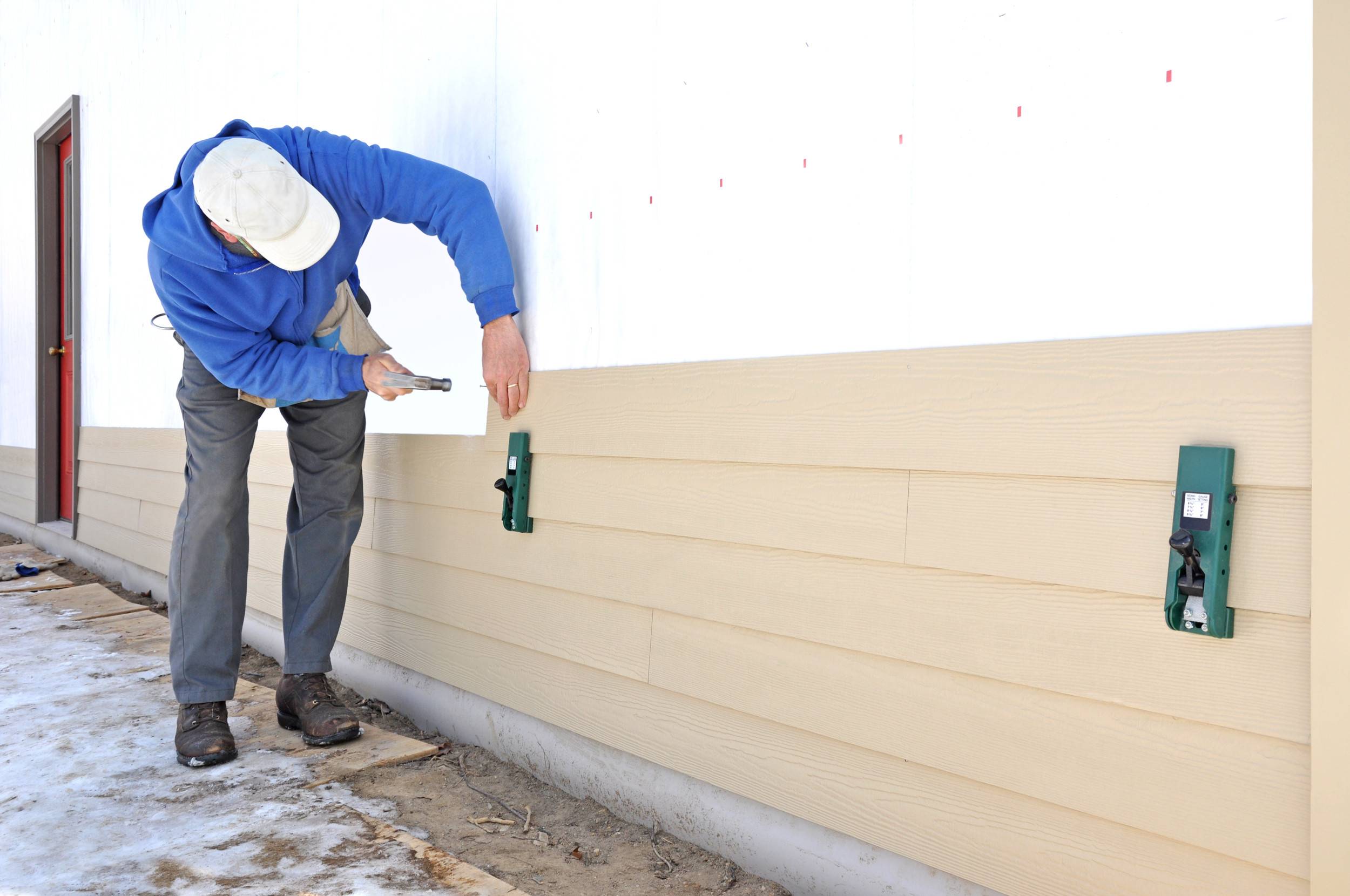

Articles
How Many Nails Per Square Of Vinyl Siding
Modified: May 6, 2024
Find out the ideal number of nails needed for vinyl siding installation in this informative article. Learn how to calculate nails per square and ensure a professional finish.
(Many of the links in this article redirect to a specific reviewed product. Your purchase of these products through affiliate links helps to generate commission for Storables.com, at no extra cost. Learn more)
Introduction
When it comes to exterior home improvement projects, vinyl siding is a popular choice for many homeowners. It offers durability, low maintenance, and a wide range of colors and styles to choose from. However, a successful vinyl siding installation relies on various factors, one of which is the number of nails used per square of siding.
In this article, we will discuss the importance of nails in vinyl siding installation, the factors to consider when determining the number of nails per square, the recommended number of nails per square, and common mistakes to avoid when nailing vinyl siding.
Whether you are a DIY enthusiast or working with a professional siding contractor, understanding the role and correct placement of nails in vinyl siding is crucial to ensure a long-lasting and visually appealing result. So, let’s delve into the world of vinyl siding and discover how many nails per square you should be using.
Key Takeaways:
- Proper nailing of vinyl siding is crucial for durability and aesthetics. Factors like wind load, panel length, and local codes determine the number of nails needed for a secure and visually appealing installation.
- Avoid common mistakes like insufficient nailing and incorrect nail placement to ensure a successful vinyl siding project. Follow manufacturer guidelines and local building codes for accurate nailing requirements.
Read more: What Type Of Nails For Vinyl Siding
Understanding Vinyl Siding
Vinyl siding is a popular choice for homeowners due to its many advantages. It is a durable, low-maintenance material that can withstand harsh weather conditions and resist fading. Vinyl siding is also available in a wide variety of colors and styles, allowing homeowners to achieve the desired look for their homes.
Typically, vinyl siding consists of long panels that are installed horizontally on the exterior walls of a house. These panels interlock with one another to create a seamless appearance. While the panels themselves provide the majority of the protection and aesthetic appeal, the nails used to secure the siding also play a crucial role in the overall performance and longevity of the installation.
Unlike traditional wood siding, which is nailed directly to the structure of the house, vinyl siding is designed to “float” on the surface. This means that the panels are not tightly nailed down but rather attached in a way that allows for movement and expansion with changes in temperature and humidity.
The key to a successful vinyl siding installation lies in the proper alignment, spacing, and fastening of the panels. This is where the correct placement and number of nails per square come into play, ensuring that the siding remains securely in place while allowing for necessary flexibility.
Now that we have a basic understanding of vinyl siding, let’s explore why the nails used in the installation are crucial and how they contribute to the overall performance of the siding.
Importance of Nails in Vinyl Siding Installation
While vinyl siding may appear to be held in place solely by the interlocking panels, nails are essential for securing the siding to the structure of the house. The correct placement and number of nails per square are crucial for several reasons:
- Secure Attachment: Nails provide the necessary stability and strength to hold the vinyl siding firmly in place, ensuring that it does not come loose or detach during strong winds or other external forces. Each nail acts as an anchor, keeping the panels securely attached to the walls.
- Prevention of Warping and Buckling: Vinyl siding expands and contracts with temperature changes. If the panels are not properly secured, this natural movement can result in warping or buckling, compromising the integrity and appearance of the siding. Nails help to prevent this by allowing for slight movement and accommodating the expansion and contraction of the material.
- Water Resistance: Vinyl siding is designed to be a barrier against moisture. Properly nailed siding helps to create a tight seal between the panels, reducing the risk of water infiltration behind the siding. This helps to protect the structure of the house from potential water damage, such as rot and mold.
- Aesthetic Appeal: Nails play a role in the visual aspect of the siding installation as well. When nails are spaced evenly and placed in the correct locations, they contribute to a neat and uniform appearance. On the other hand, incorrect nail placement or an insufficient number of nails can result in an uneven or sagging appearance, detracting from the overall aesthetic appeal of the siding.
As you can see, the proper use of nails in vinyl siding installation is essential for both the functional and visual aspects of the siding. Next, we will delve into the factors to consider when determining the number of nails per square for vinyl siding.
Factors to Consider When Determining the Number of Nails per Square
When it comes to determining the number of nails per square for vinyl siding installation, several factors must be taken into consideration. These factors will vary based on the specific characteristics of your siding and your geographic location. Here are some key factors to consider:
- Wind Load: The wind load refers to the force exerted by wind on the siding. Areas with higher wind exposure will require more nails per square to ensure that the siding remains firmly attached even during strong winds. Consult local building codes or a professional installer to determine the wind load requirements for your specific location.
- Siding Panel Length: Longer siding panels will require additional nails for proper support and stability. As a general rule of thumb, panels longer than 12 feet should have a nail installed at each stud. This helps to distribute the weight of the panel evenly and prevent sagging or warping from occurring.
- Wall Construction: The type of wall construction will also impact the number of nails needed. If your walls are made of thicker materials, such as masonry or plywood, you may need fewer nails compared to walls made of thinner materials like foam insulation or lightweight framing.
- Product Manufacturer Recommendations: Each vinyl siding manufacturer may have specific guidelines regarding the number of nails per square for their product. It is important to consult the manufacturer’s installation instructions to ensure compliance and optimal performance of the siding.
- Local Building Codes: Local building codes may dictate the minimum requirements for nail spacing and placement. These codes are put in place to ensure the safety and structural integrity of the siding installation. Familiarize yourself with the building codes in your area and adhere to the specified guidelines.
By taking these factors into account, you can determine the appropriate number of nails per square for your vinyl siding installation. In the next section, we will explore the recommended number of nails per square for vinyl siding.
The standard recommendation is to use 2 nails per square of vinyl siding, with one nail placed at the top of the siding panel and the other at the bottom. This helps to ensure proper installation and stability.
Recommended Number of Nails per Square for Vinyl Siding
While the exact number of nails per square for vinyl siding may vary based on the factors mentioned earlier, there are general guidelines that can help ensure a secure and visually pleasing installation. Keep in mind that these recommendations are for reference and it is important to consult the specific product manufacturer’s instructions and local building codes.
On average, it is recommended to use a minimum of 2 nails per stud or wall stud bay. This translates to approximately 16-inch spacing between nails along the length of the siding panel. The nails should be positioned about 3/8 to 1/2 inch above the bottom of the siding panel, allowing for proper expansion and drainage.
However, in certain areas with high wind exposure, additional nails may be necessary. In these cases, it is recommended to use 3 to 4 nails per stud or wall stud bay to provide extra reinforcement against strong winds. This may involve reducing the spacing between nails to approximately 12 inches along the length of the siding panel.
It’s important to note that the use of excessive nails or spacing them too closely together can lead to issues such as panel distortion or decreased flexibility. Therefore, striking the right balance between adequate fastening and allowing for expansion and movement is crucial.
Remember to always follow the manufacturer’s guidelines and consult local building codes for specific requirements regarding nail placement and spacing. Additionally, hiring a professional siding installer can ensure that the correct number of nails per square is used for your specific location and siding type.
Now that we have covered the recommended number of nails per square, let’s address some common mistakes to avoid when nailing vinyl siding in the next section.
Read more: How Many Square Is In A Box Of Siding
Common Mistakes to Avoid When Nailing Vinyl Siding
While nailing vinyl siding may seem like a straightforward task, there are some common mistakes that can compromise the integrity of the installation and affect the overall appearance of your siding. By being aware of these mistakes, you can ensure a successful and long-lasting vinyl siding project. Here are some common mistakes to avoid:
- Insufficient Nailing: One of the most common mistakes is using too few nails per square. Insufficient nailing can lead to loose or sagging panels, especially in areas prone to high winds. Ensure that you follow the recommended number of nails per square and consult local building codes.
- Incorrect Nail Placement: Nails should be positioned correctly to provide optimal support and prevent panel distortion. Avoid nailing too close to the edges of the panels as this can cause splitting. Place the nails in the center of the nailing slots, allowing for expansion and contraction.
- Overdriven Nails: Overdriven nails are nails that have been hammered in too far, causing damage to the siding panel. This can lead to cracks, warping, or even puncturing the panel. Use caution when driving in the nails and ensure they are flush with the surface of the panel without being driven too far.
- Underdriven Nails: On the other hand, underdriven nails may not provide sufficient hold, leading to loose panels. The nails should be driven in firmly, but not so much that they disrupt the panel alignment or cause damage. Use enough force to securely fasten the siding without causing any damage.
- Improper Nail Spacing: Nail spacing is crucial for the stability and appearance of the vinyl siding. Avoiding consistent nail spacing or clustering nails too closely together can result in an uneven and unattractive finish. Follow the recommended spacing guidelines to ensure a professional-looking installation.
- Failure to Allow for Expansion and Contraction: Vinyl siding expands and contracts with temperature changes. Failing to leave enough space between the nails and the bottom of the panel can result in warping or buckling. Leave a gap of about 3/8 to 1/2 inch between the nail head and the panel to accommodate movement.
By being mindful of these common mistakes and taking the necessary precautions, you can avoid potential issues and ensure a successful vinyl siding installation. Now, let’s wrap up our discussion in the final section.
Conclusion
Properly nailing vinyl siding is essential for a secure and aesthetically pleasing installation. The number of nails per square, along with their correct placement, plays a vital role in ensuring the durability and performance of the siding, as well as its resistance to harsh weather conditions.
Understanding the factors that influence the number of nails per square, such as wind load, siding panel length, wall construction, manufacturer recommendations, and local building codes, is crucial in determining the appropriate nailing requirements for your specific project.
Following the recommended guidelines, which typically involve using a minimum of 2 nails per stud or wall stud bay and spacing nails at 16-inch intervals, will provide a secure attachment while allowing for proper expansion and movement of the siding.
Avoiding common mistakes, including insufficient nailing, incorrect nail placement, overdriven or underdriven nails, improper nail spacing, and failure to allow for expansion and contraction, will help ensure a successful vinyl siding installation.
Whether you are undertaking a DIY project or working with a professional siding contractor, implementing these best practices will result in a visually appealing and long-lasting vinyl siding installation.
Remember, always consult the specific manufacturer’s instructions and local building codes for accurate and up-to-date information regarding nailing requirements for your vinyl siding project.
By understanding the importance of nails, considering the relevant factors, and avoiding common mistakes, you can achieve a beautiful and durable vinyl siding installation that enhances the curb appeal and value of your home for years to come.
Eager to tackle more home improvement tasks? Our next guide on DIY home projects offers a wealth of easy-to-follow tips and tricks that can transform you into a savvy do-it-yourselfer. Whether you're looking to spruce up your space or undertake a new challenge, this article provides all the necessary steps to ensure success. Don't miss out on becoming handier around your home!
Frequently Asked Questions about How Many Nails Per Square Of Vinyl Siding
Was this page helpful?
At Storables.com, we guarantee accurate and reliable information. Our content, validated by Expert Board Contributors, is crafted following stringent Editorial Policies. We're committed to providing you with well-researched, expert-backed insights for all your informational needs.
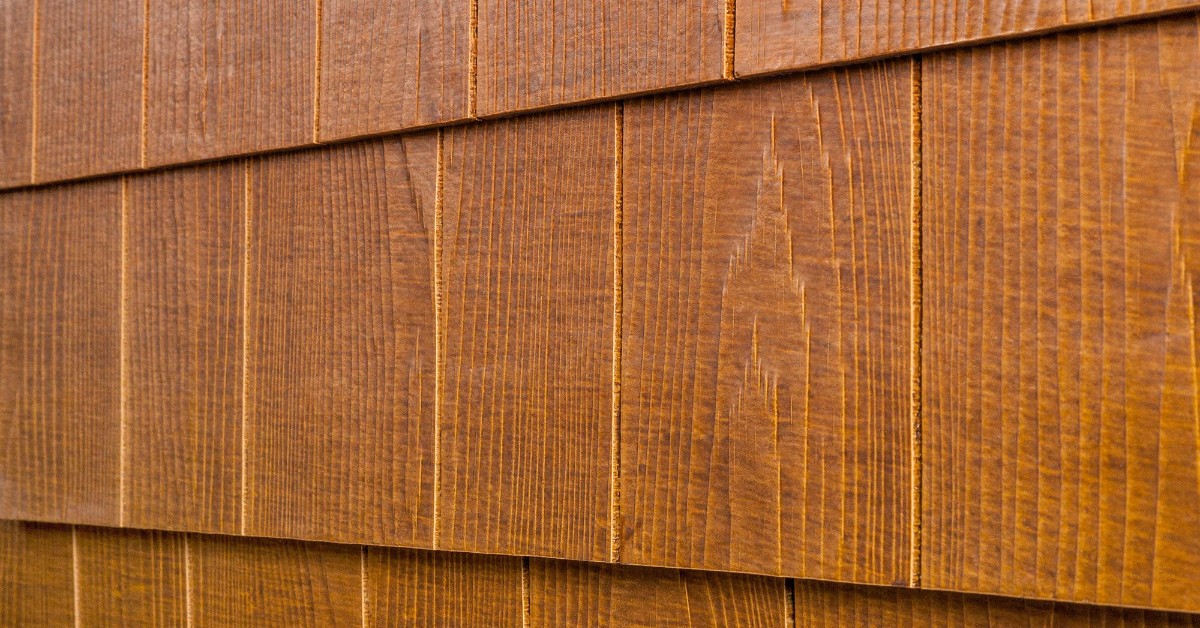
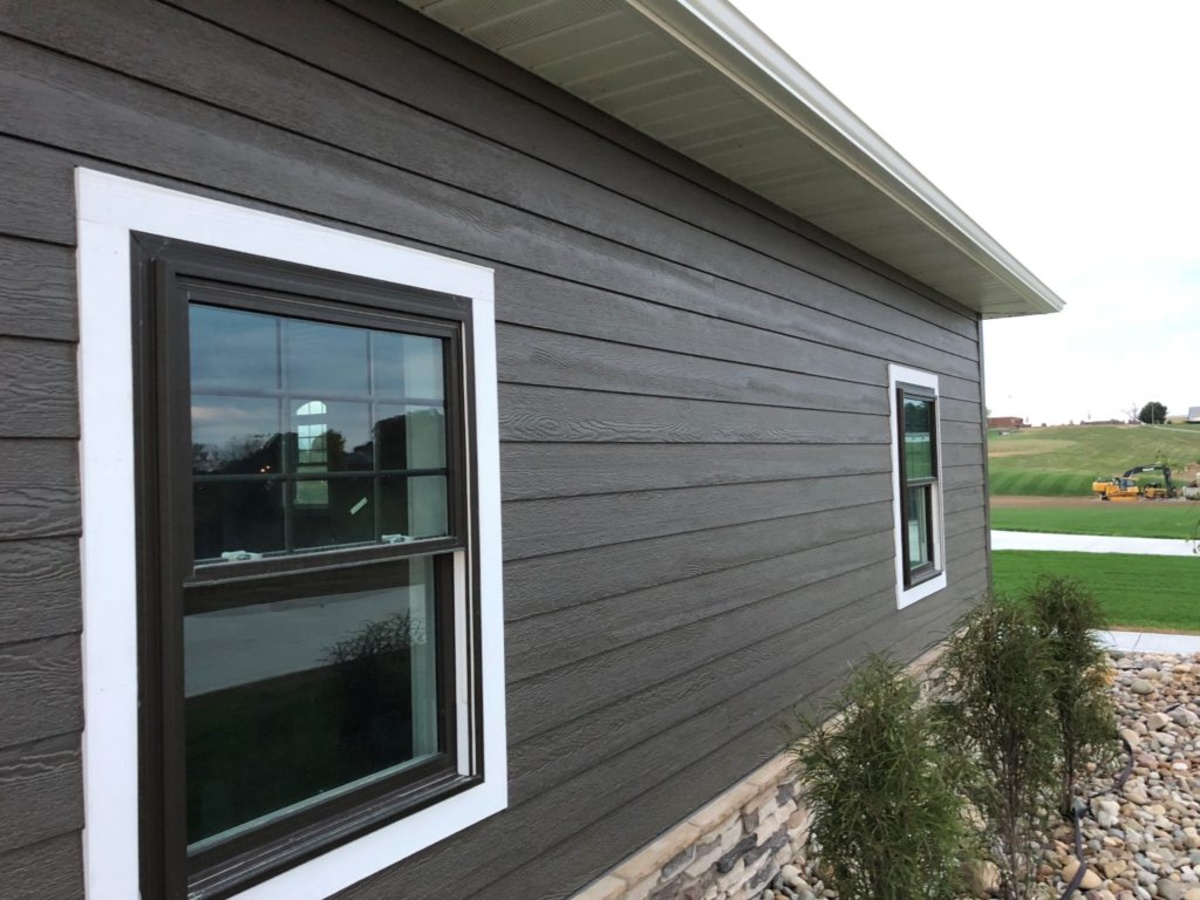
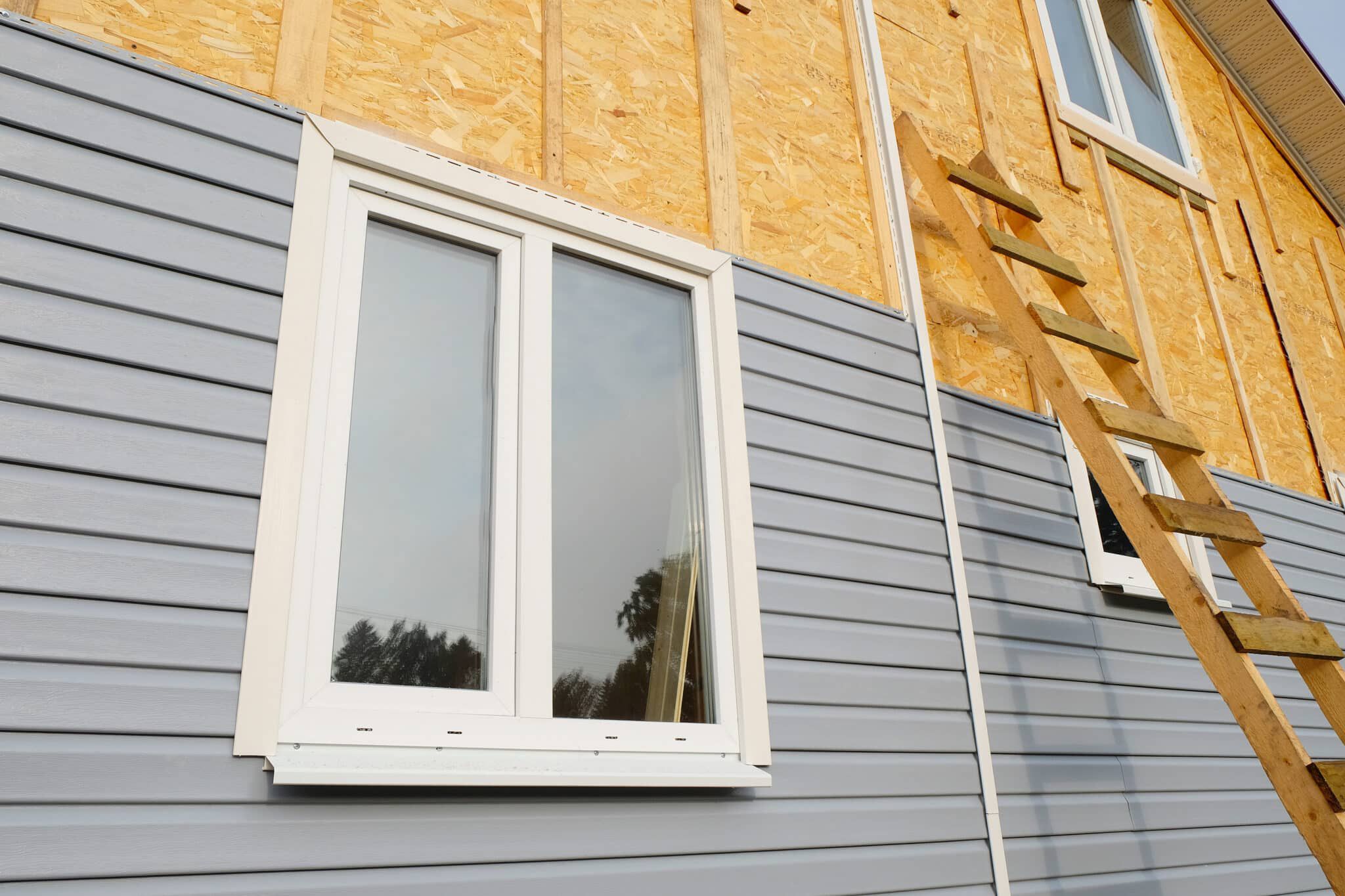
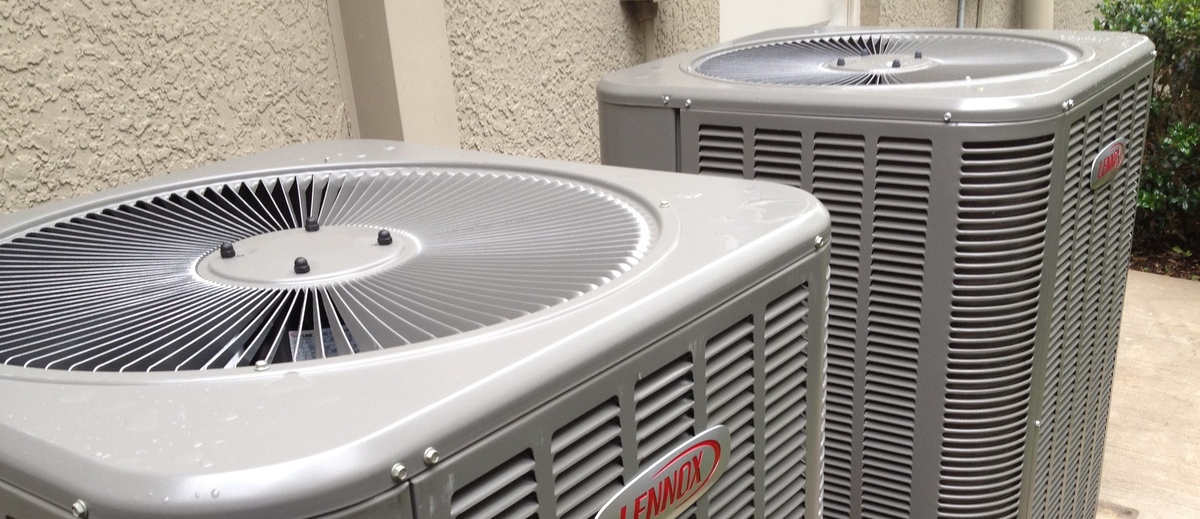
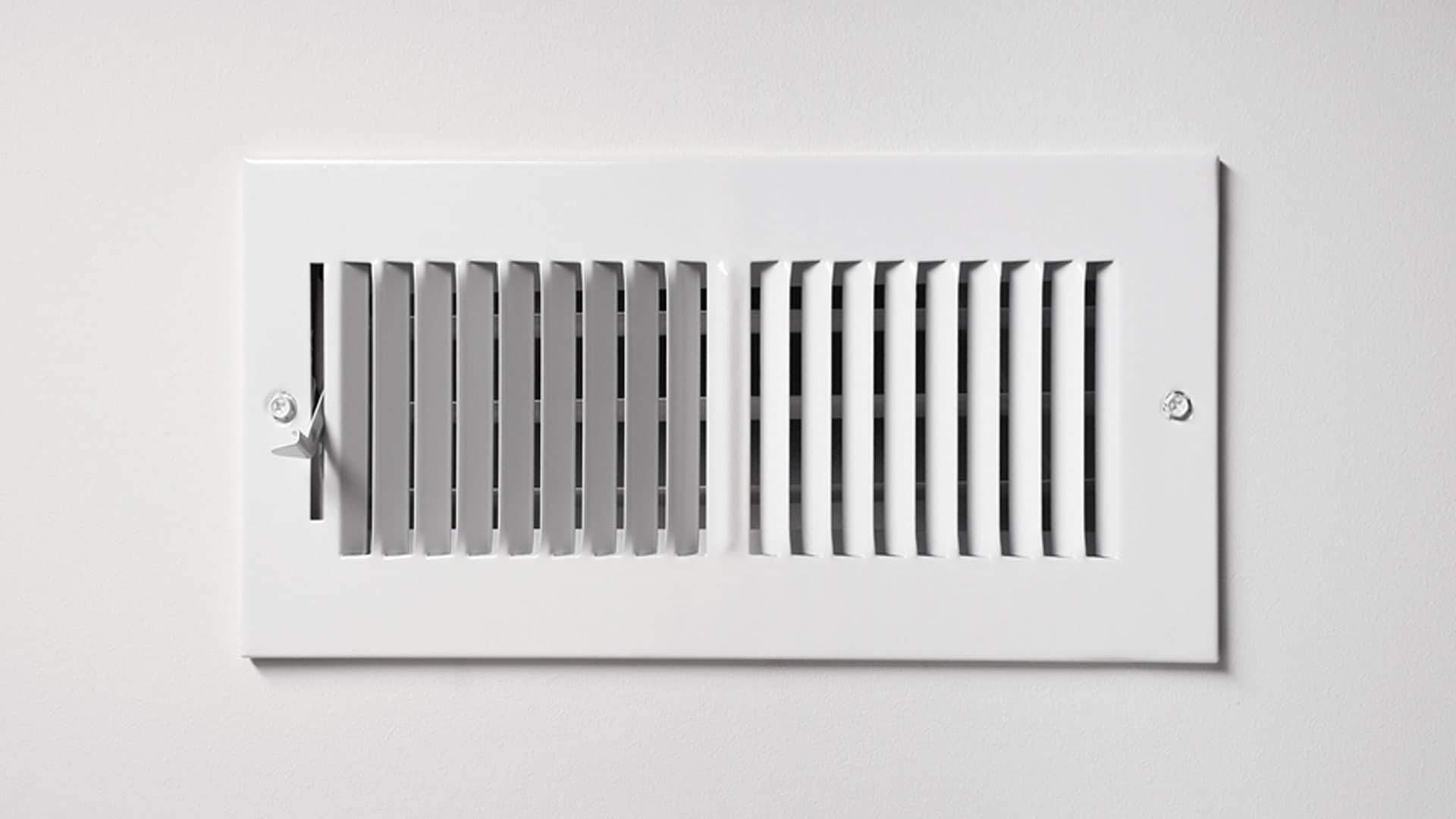
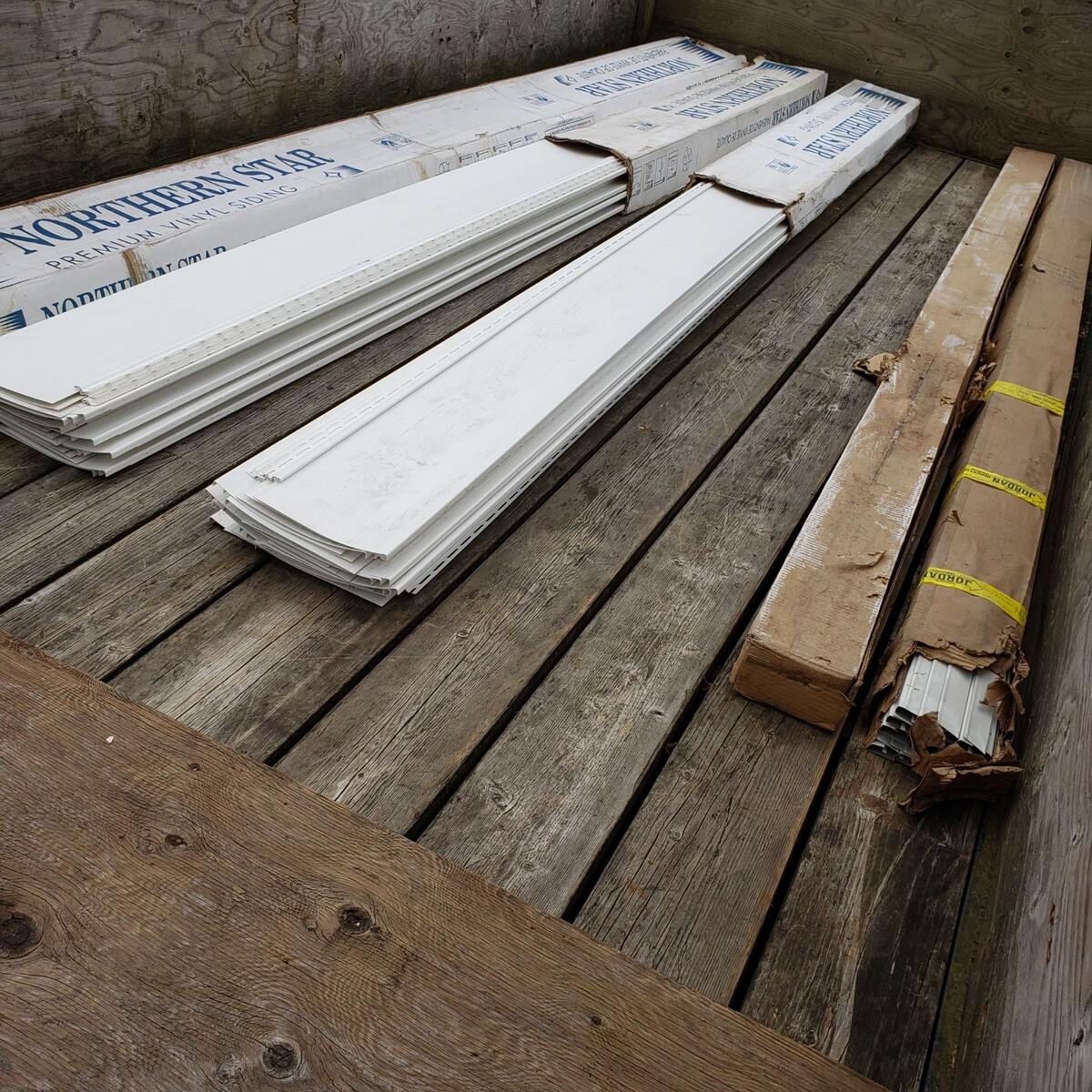

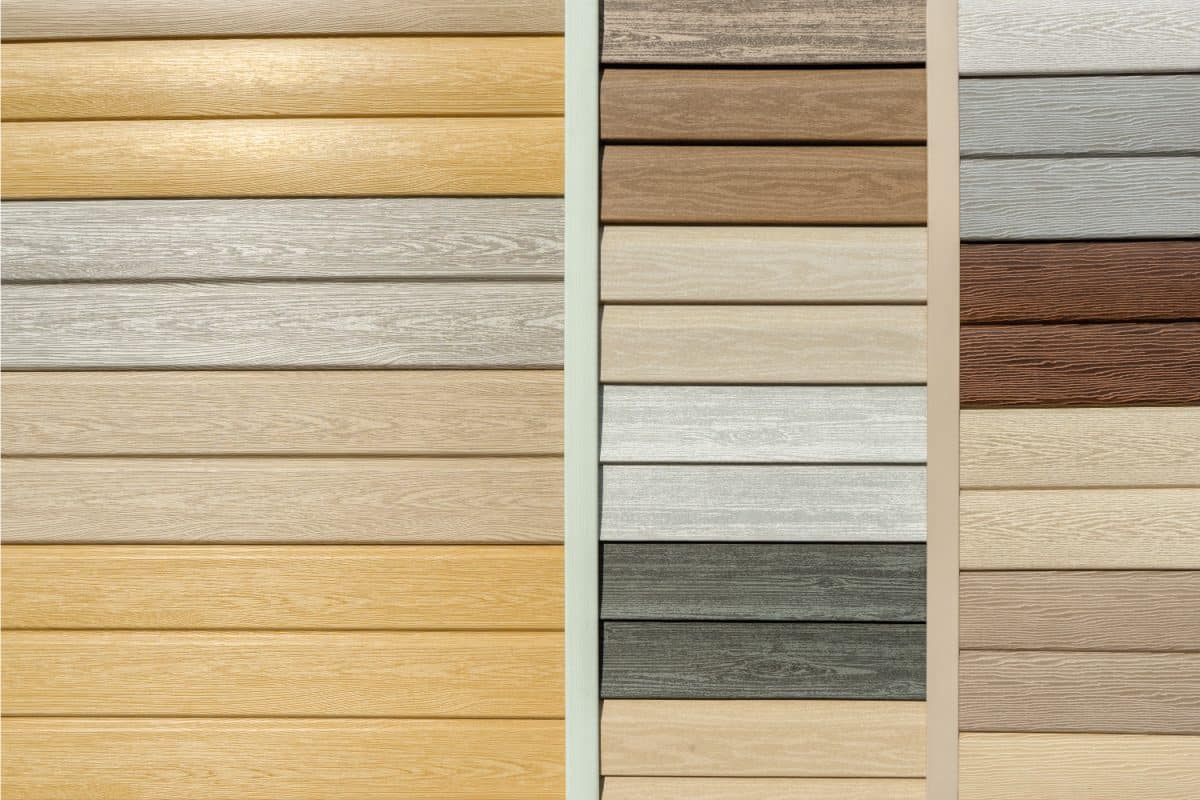
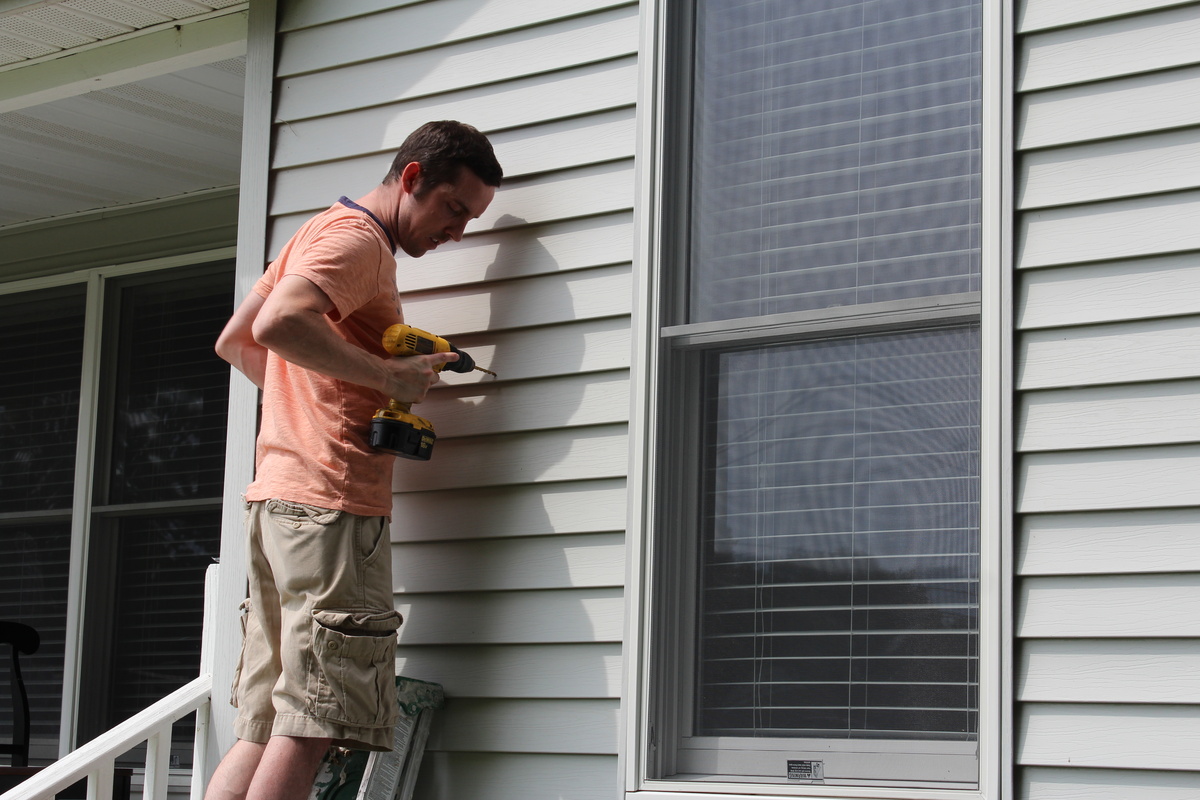
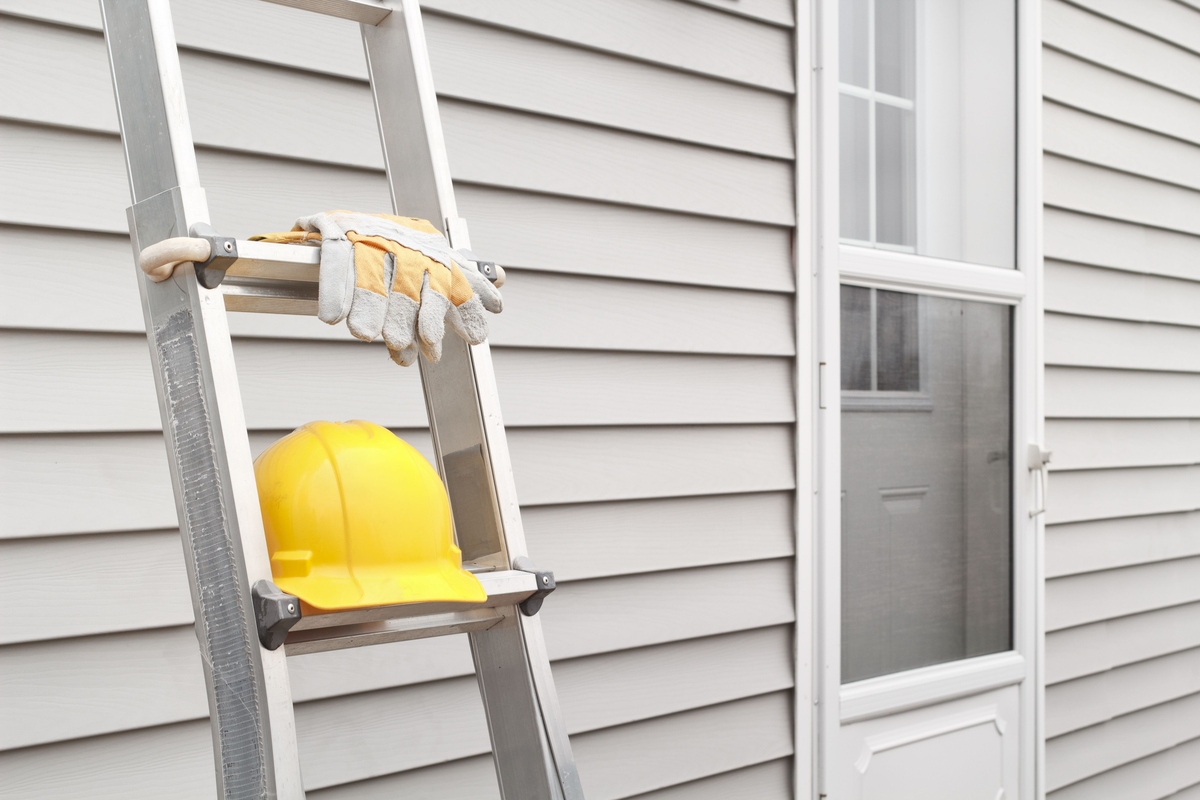
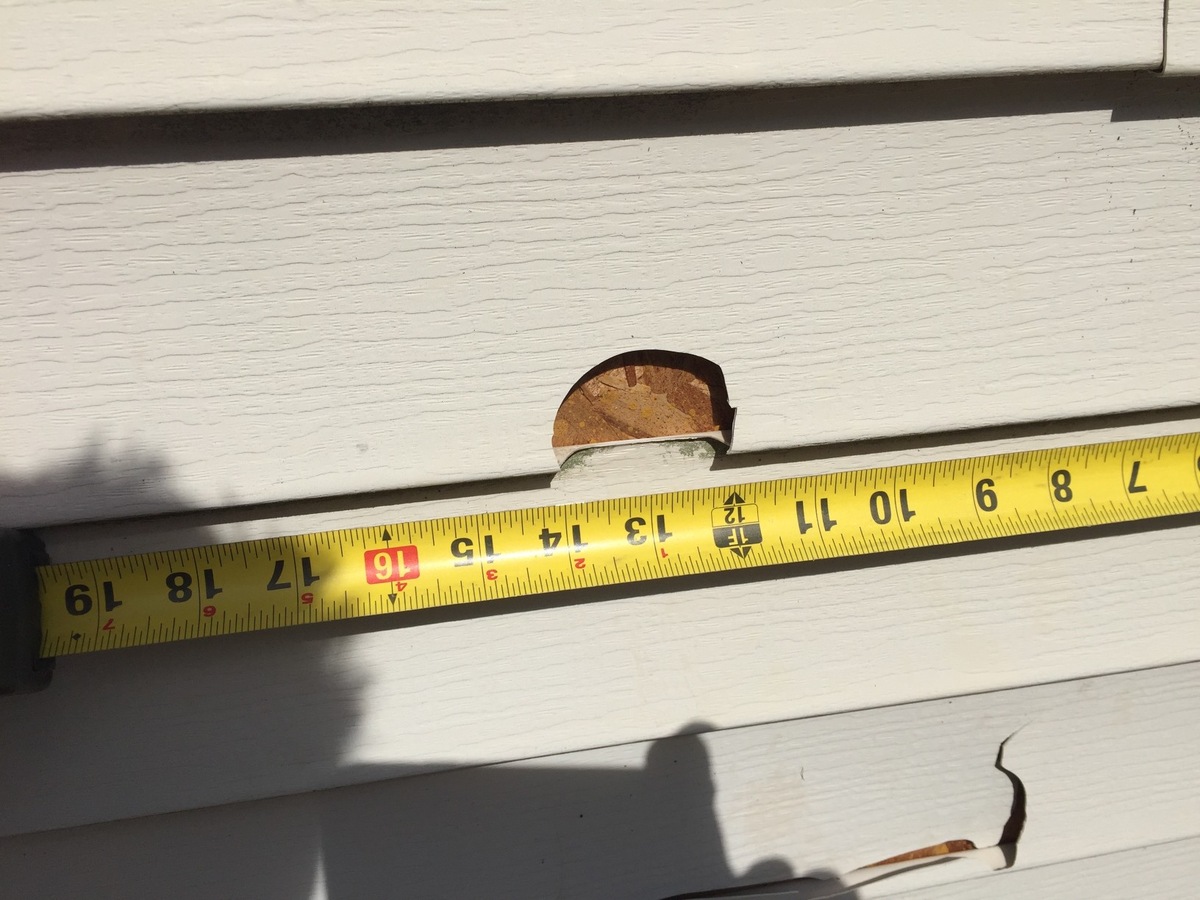

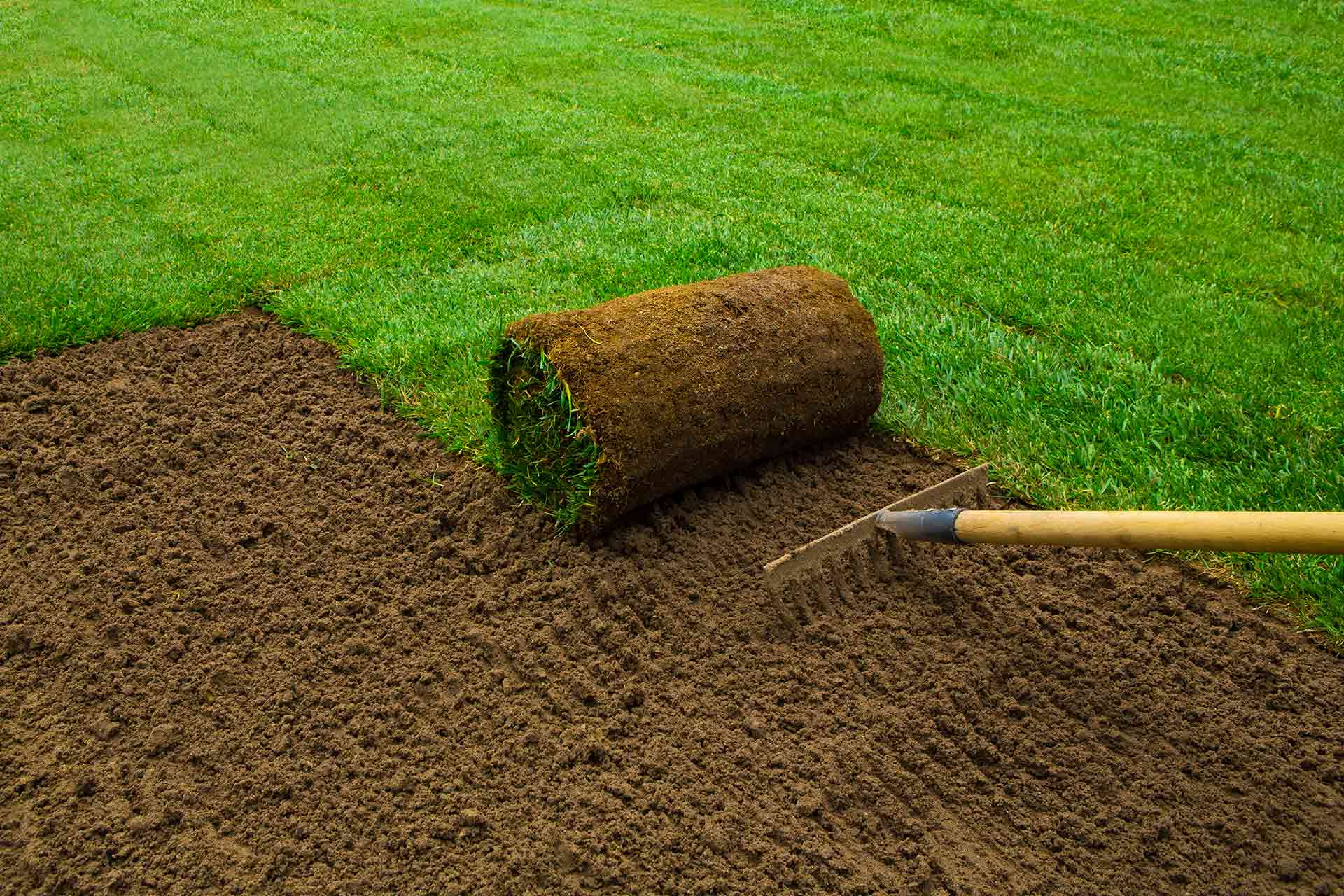
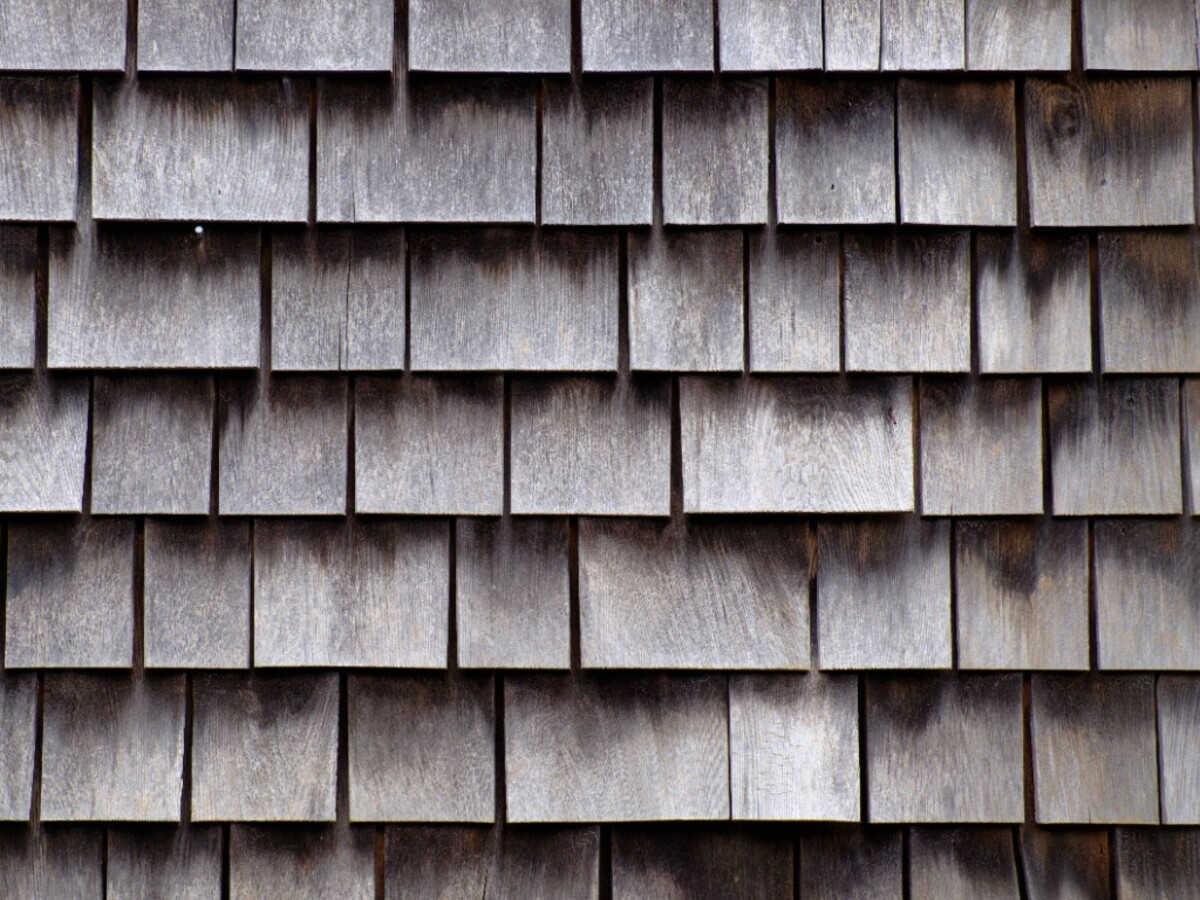

0 thoughts on “How Many Nails Per Square Of Vinyl Siding”